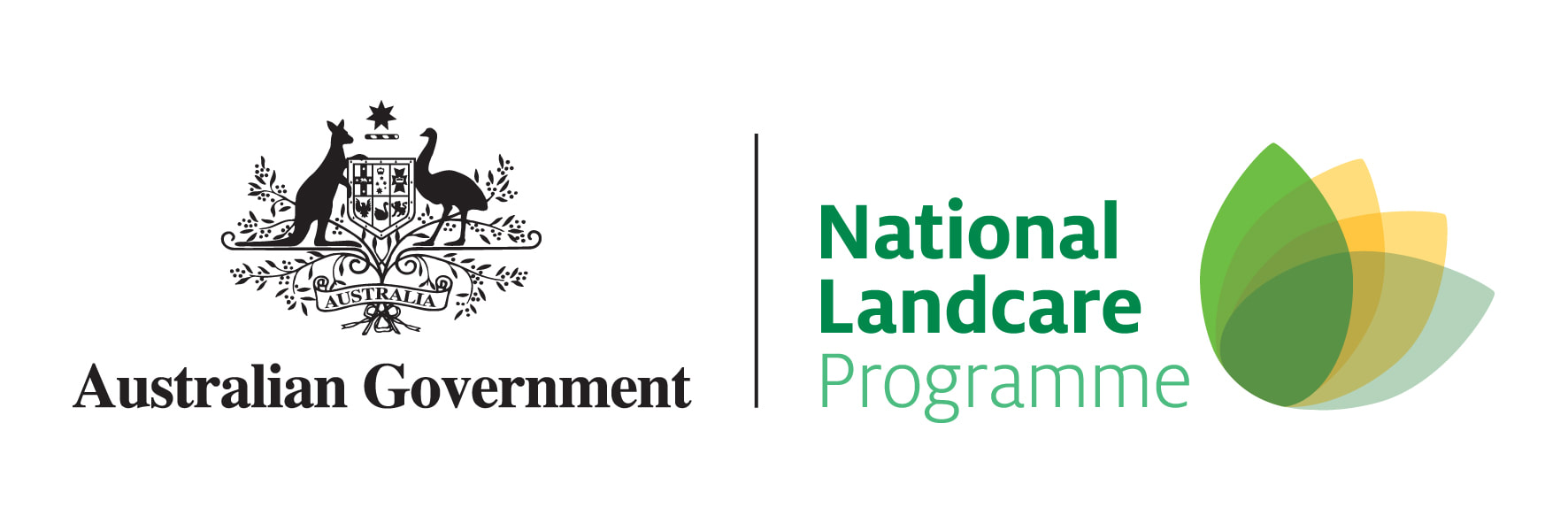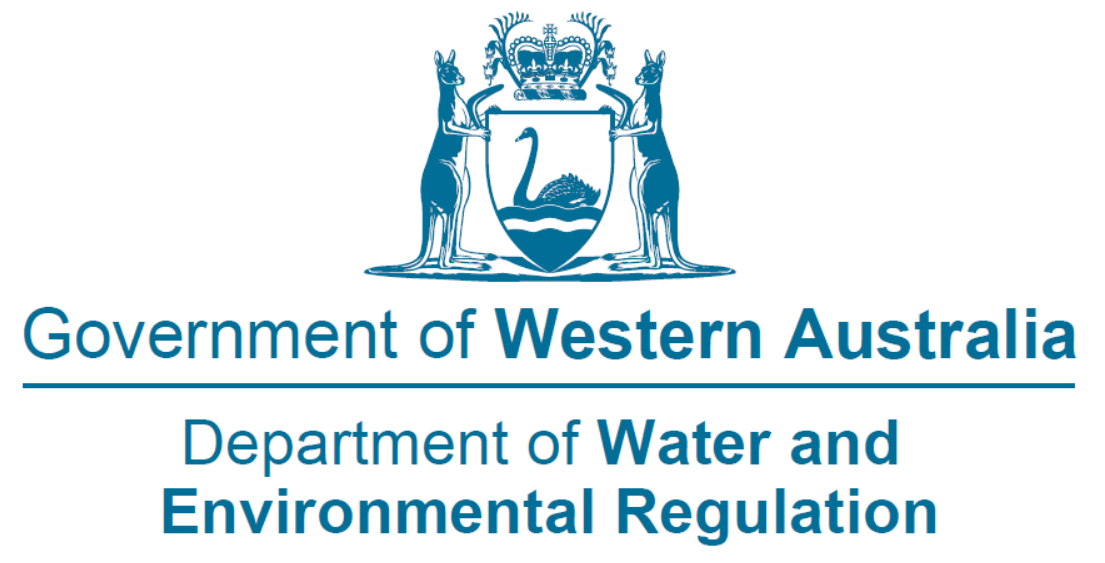Become a citizen scientist and report sightings of any flora and fauna you see in our area through inaturalist so we can have access to the highest quality and quantity data to inform our conservation.
The catchment is located within the Southwest Australia Ecoregion, an internationally recognised biodiversity hotspot (Conservation International, 2017). This was the first biodiversity hotspot identified in Australia. Learn more about Biodiversity Hotspots here
Australia was once part of the ancient continent Gondwana, which began to break up more than 154 million years ago. The region that supports the Southwest’s unique wildlife formed when India broke away from the supercontinent around 120 million years ago. While there are some young sand dunes, much of the southwest has been geologically undisturbed for tens of millions of years.
Due to its ancient geology, the soils in the region are almost all poor in nutrients, but this is likely the secret to the south west’s astonishing diversity. Like most of Australia, the region has been inhabited by humans for well over 40,000 years, so that a rich cultural heritage adds to the biological and geological value of the region.
Australia was once part of the ancient continent Gondwana, which began to break up more than 154 million years ago. The region that supports the Southwest’s unique wildlife formed when India broke away from the supercontinent around 120 million years ago. While there are some young sand dunes, much of the southwest has been geologically undisturbed for tens of millions of years.
Due to its ancient geology, the soils in the region are almost all poor in nutrients, but this is likely the secret to the south west’s astonishing diversity. Like most of Australia, the region has been inhabited by humans for well over 40,000 years, so that a rich cultural heritage adds to the biological and geological value of the region.
| EPBC Act Protected Matters Report | |
| File Size: | 175 kb |
| File Type: | |
Flora
Southwest Australia, also known as the Kwongan, is therefore an old landscape with a stable climate. It has not seen glaciers or ice for more than 200 million years. This has allowed species to evolve without the major extinctions seen elsewhere in the world.
The region is about the size of England. England has about 1,500 species of vascular plants (all plants except ferns and mosses), 47 of them found nowhere else. In contrast that with Southwest Australia, which harbours an astonishing 7,239 vascular plant species, almost 80% of which are found nowhere else in the world.
The Oyster Harbour Catchment has a wide variety of native vegetation assemblages that varies due to soil variations and differences in rainfall. There are 5 known major assemblages found within the confines of the catchment boundaries.
The main vegetation types around the coastal areas include stands of paper barks and reeds around the harbour and wetlands. There are also mixed Jarrah and Banksia heaths and Jarrah and Karri are found on sand dunes and you can commonly find peppermint woodlands in low-lying areas and in between dunes. Slightly inland from the coastal areas you will find low Jarrah, Marri and Wandoo.
Vegetation along the Kalgan River is very different at either ends of the river due to the different climatic environments. Assemblages include low Jarrah and Marri and some Karri, Sheoak and Yate further north in the lower reaches of the Kalgan. While you would commonly find low Jarrah, Wandoo, Yate and Mallee in the headwaters of the Kalgan.
The vegetation on the Porongurup include large stands of Karri divided by stands of Jarrah, Mallee and Marri, these commonly mix as well and can be located on the lower slopes. Surrounding lowlands contain mostly scrub with examples of Banksias, Jarrah and Mallee.
The area North of Mt Barker to the Kendenup area contains populations of Jarrah, Marri and Wandoo woodlands with pockets of Mallee and Sheoak woodlands.
The final major area is the Stirling Ranges with varying assemblages from the high to low slopes. The high slopes contain Jarrah woodlands changing into open Eucalypt woodlands on the lower slopes. Vegetation in the valleys usually consists of Jarrah, Marri and Wandoo.
The region is about the size of England. England has about 1,500 species of vascular plants (all plants except ferns and mosses), 47 of them found nowhere else. In contrast that with Southwest Australia, which harbours an astonishing 7,239 vascular plant species, almost 80% of which are found nowhere else in the world.
The Oyster Harbour Catchment has a wide variety of native vegetation assemblages that varies due to soil variations and differences in rainfall. There are 5 known major assemblages found within the confines of the catchment boundaries.
The main vegetation types around the coastal areas include stands of paper barks and reeds around the harbour and wetlands. There are also mixed Jarrah and Banksia heaths and Jarrah and Karri are found on sand dunes and you can commonly find peppermint woodlands in low-lying areas and in between dunes. Slightly inland from the coastal areas you will find low Jarrah, Marri and Wandoo.
Vegetation along the Kalgan River is very different at either ends of the river due to the different climatic environments. Assemblages include low Jarrah and Marri and some Karri, Sheoak and Yate further north in the lower reaches of the Kalgan. While you would commonly find low Jarrah, Wandoo, Yate and Mallee in the headwaters of the Kalgan.
The vegetation on the Porongurup include large stands of Karri divided by stands of Jarrah, Mallee and Marri, these commonly mix as well and can be located on the lower slopes. Surrounding lowlands contain mostly scrub with examples of Banksias, Jarrah and Mallee.
The area North of Mt Barker to the Kendenup area contains populations of Jarrah, Marri and Wandoo woodlands with pockets of Mallee and Sheoak woodlands.
The final major area is the Stirling Ranges with varying assemblages from the high to low slopes. The high slopes contain Jarrah woodlands changing into open Eucalypt woodlands on the lower slopes. Vegetation in the valleys usually consists of Jarrah, Marri and Wandoo.
Some examples of iconic/ endemic/ threatened species are:
- Ornduffia calthifolia — Mountain Villarsia
- Kingia australis- Kingia
- Carnivorous plants such as the Albany Pitcher Plant
| Albany_Regional_veg_survey_final_report_24aug2010.pdf | |
| File Size: | 55714 kb |
| File Type: | |
Fauna
The types and distribution of native animals varies from one end of the catchment to the other. This is due to the different environmental conditions between the upper and lower catchment and changing floral assemblages.
There have been 13 recorded examples of migratory birds found around the catchment. The catchment contains approximately 30 mammal species and, 240 bird species, 30 reptile species and an unknown number of amphibians, beetles, snails and spiders.
There have been 13 recorded examples of migratory birds found around the catchment. The catchment contains approximately 30 mammal species and, 240 bird species, 30 reptile species and an unknown number of amphibians, beetles, snails and spiders.
Long Before The Dinosaurs from Gondwana Link on Vimeo.
Some examples of iconic/ endemic/ threatened species are:
- Western Ringtail Possum
- Microbats
- Honey possum (Tarsipes rotratus)
- Chuditch (spotted Quoll)
- Red-tailed Phascogales
- Numbat
- Rakali (Australian Water Rat, Hydromys chrysogaster)
Nature is in trouble. The climate is changing, landscapes are shifting, and species are disappearing, whilewe gaze at our monitors, hunch over our phones, and ignore the world around us. Become a citizen scientist and help us record what is here and in what abundance when your next on a walk or when your looking outside the window here www.inaturalist.org/projects/biodiversity-of-oyster-harbour-catchment
What if you could discover a whole new specie by just taking a picture? This is iNatutralist.org, a social network for everyone interested in nature. iNaturalist enables you to you share your pictures of living things with a global network of like- minded people who can help you learn about the creatures you observe. The platform enables you to share your findings with scientists who study biodiversity.
We believe that recording and sharing what you see will help you connect to nature and create valuable scientific data in the process.
Learn more about this platform with this inaturalist brochure here: inaturalist_brochure.pdf
Every year since 2021 we have joined into the Great Southern Bioblitz through inaturalist taking an annual snapshot of our biodiversity.
What if you could discover a whole new specie by just taking a picture? This is iNatutralist.org, a social network for everyone interested in nature. iNaturalist enables you to you share your pictures of living things with a global network of like- minded people who can help you learn about the creatures you observe. The platform enables you to share your findings with scientists who study biodiversity.
We believe that recording and sharing what you see will help you connect to nature and create valuable scientific data in the process.
Learn more about this platform with this inaturalist brochure here: inaturalist_brochure.pdf
Every year since 2021 we have joined into the Great Southern Bioblitz through inaturalist taking an annual snapshot of our biodiversity.
We acknowledge the Minang and Koreng people as the traditional custodians of the land on which we work and live. We pay our respects to the Elders, past, present, and emerging and to the wider Noongar community.
Sponsors and Supporters











